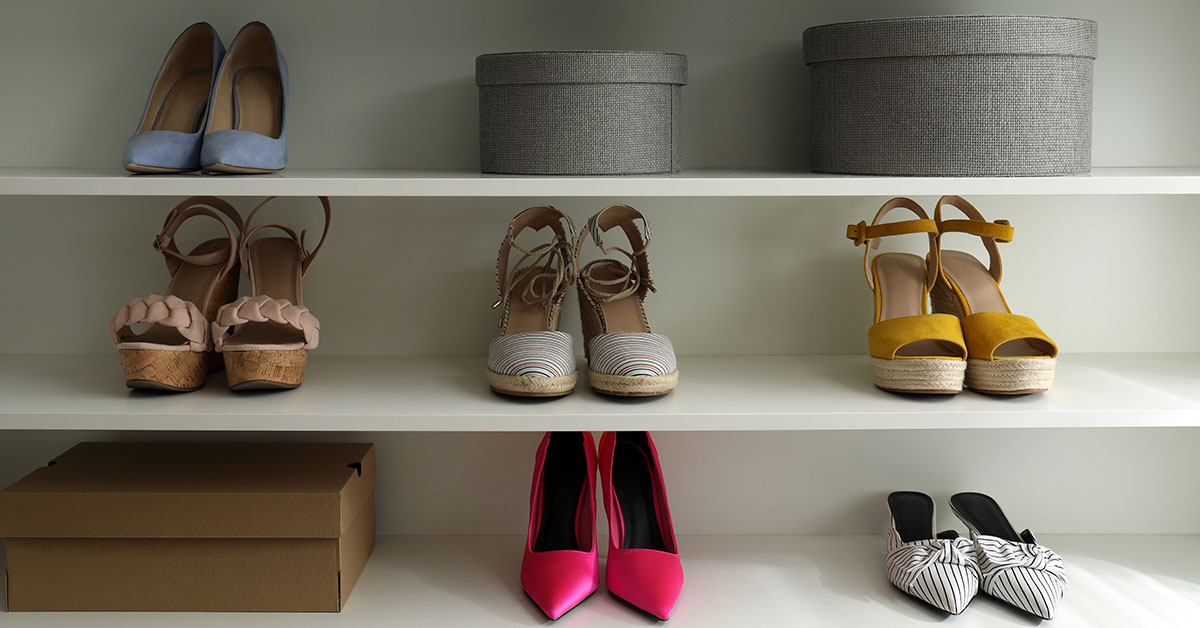As we age, comfort and health become top priorities in our fashion choices, especially when it comes to footwear. While style remains important, women over 50 should be mindful of shoes that might cause discomfort, affect posture, or lead to health issues like back pain or foot problems. Some shoe types, though trendy or popular, may not be the best choice as we grow older. Below, we discuss 12 types of women’s shoes over 50 that should be reconsidered, along with why they might not be the ideal option.
1. High Heels Over Three Inches: Women’s Shoes
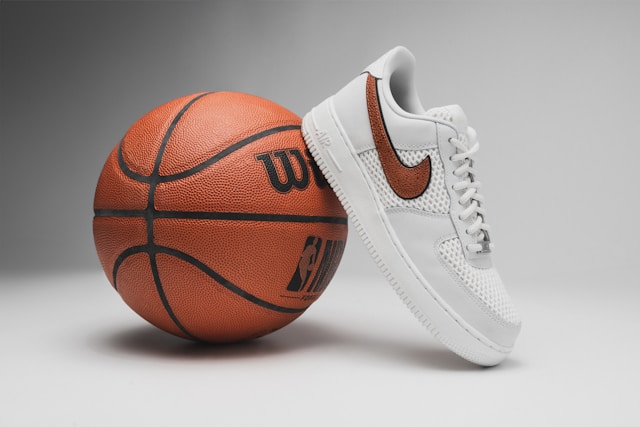
Wearing excessively high heels can lead to foot strain, back pain, and balance issues. At this age, it’s better to opt for a more comfortable heel height that offers support and stability.
2. Narrow-Toed Shoes
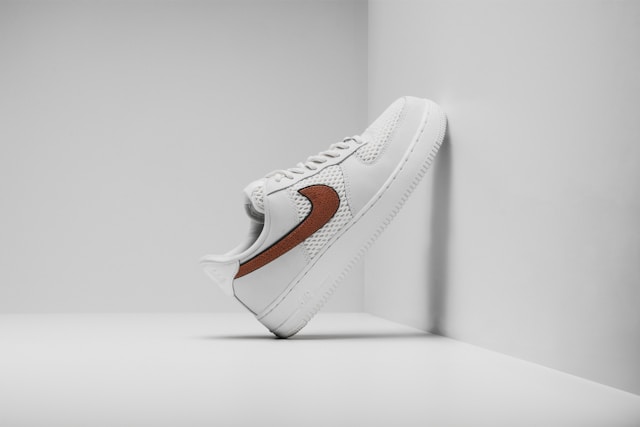
Shoes with narrow toes can squeeze the front of your feet, leading to discomfort, bunions, or worsening existing foot conditions like arthritis. Look for shoes with a more natural toe shape that allows for proper movement and support.
3. Ultra-Flat Ballet Flats
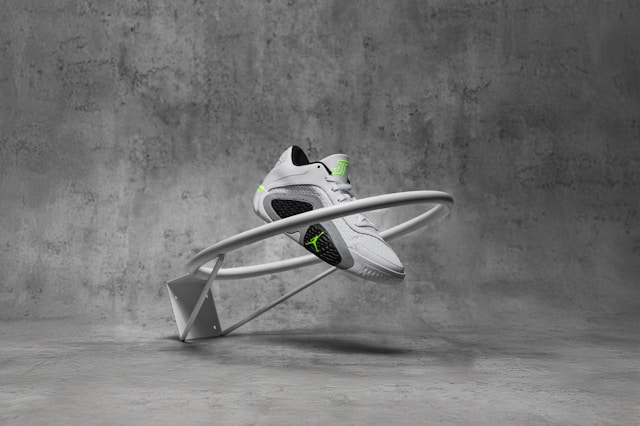
While they may seem comfortable, ballet flats often lack arch support, which is crucial for maintaining proper foot alignment. Without enough support, you might experience foot fatigue or exacerbate problems like plantar fasciitis.
4. Backless Shoes or Mules
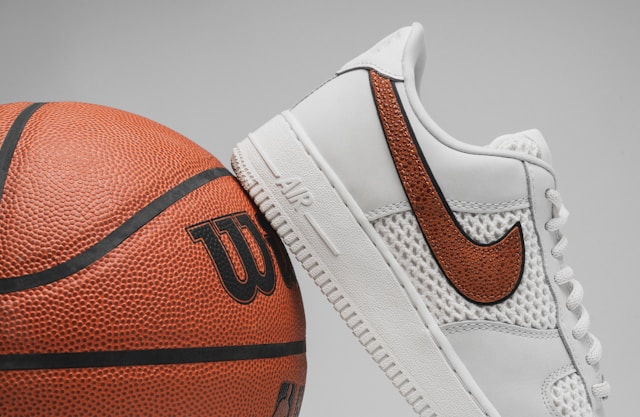
Backless shoes like mules might be trendy, but they can cause foot instability. Without proper ankle support, your foot muscles have to work harder to keep the shoe in place, leading to unnecessary strain.
5. Thin Flip-Flops
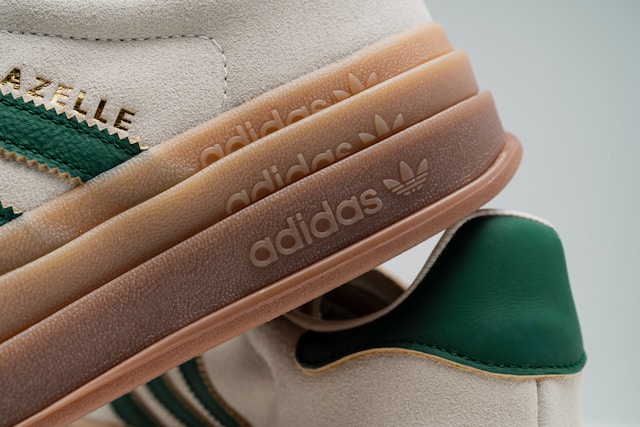
Flip-flops with thin soles provide little cushioning and no arch support, making them unsuitable for long-term wear. For better comfort and protection, opt for flip-flops with thicker soles and some arch support.
6. Sky-High Platform Shoes
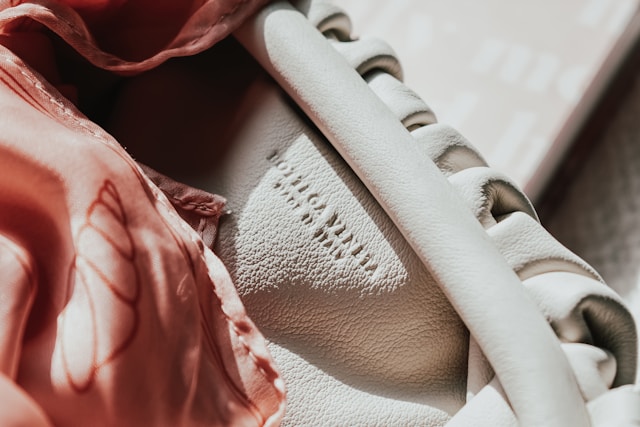
Platform shoes might offer height without the incline of high heels, but they can still pose risks. Their rigid soles don’t allow for natural foot movement, increasing the chance of losing balance and falling.
7. Worn-Out Sneakers

Even the best sneakers lose their supportive features over time. Wearing worn-out shoes can lead to improper foot alignment, affecting your joints and posture. It’s essential to replace old sneakers regularly to avoid foot pain or injuries.
Read More: Latest Updates On Liam Payne Including His ‘Final Poignant Message’ Before His Tragic Death
8. Super Heavy Boots
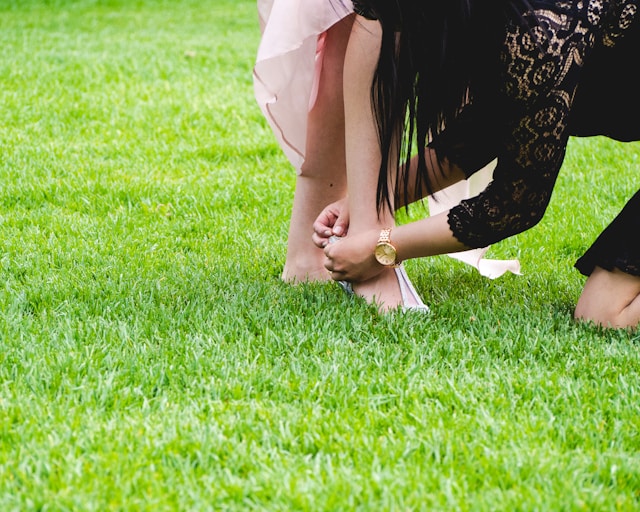
Heavy boots can make walking more tiring and strain your knees and ankles. As we age, we need footwear that feels lighter and doesn’t weigh us down, especially for long walks.
9. Tight Ankle Boots
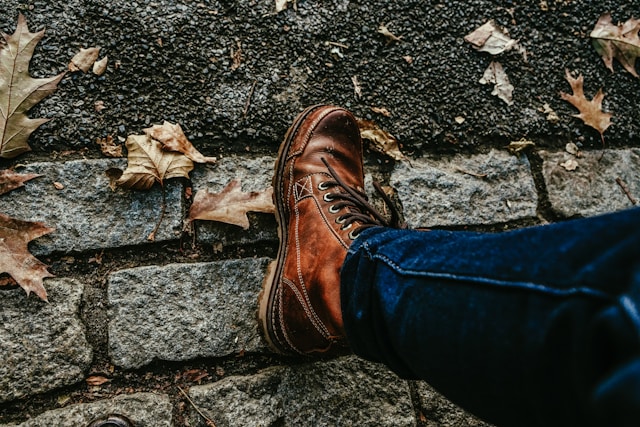
Boots that tightly wrap around the ankle can restrict movement and cut off circulation. Instead, look for boots with more flexibility around the ankle and better cushioning for overall comfort.
10. Extremely Pointy-Toed Shoes
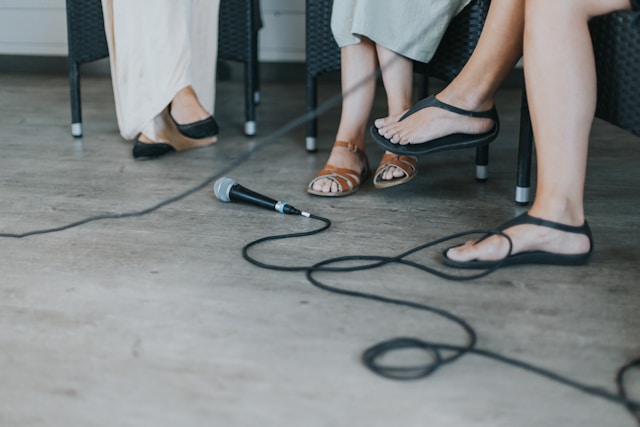
Pointy shoes not only squish your toes but also throw off your body’s balance, leading to foot pain and even long-term deformities. Opt for rounded or almond-toed shoes for a more natural fit.
11. Slip-On Loafers Without Arch Support
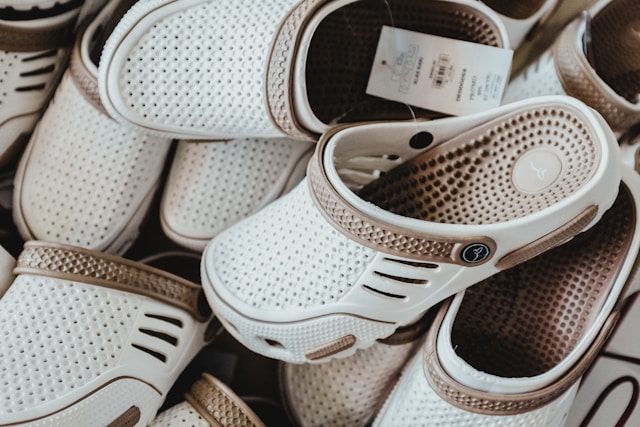
While slip-on loafers are convenient, many styles lack the necessary arch support. Make sure to choose loafers that provide good cushioning to support your arches and reduce pressure on your feet.
12. Super-Slick Soles
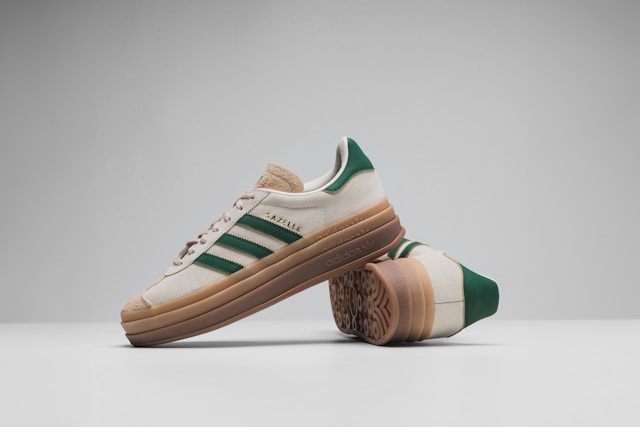
Shoes with slippery soles can be dangerous, especially on wet or uneven surfaces. At 50 and beyond, maintaining balance is key to avoiding falls, so make sure your shoes have non-slip soles for added safety.
Read More: Those ‘Small Round Holes’ On Nail Clippers Actually Have an Ingenious Use, and We Had No Idea
This content has, in part, been generated with the aid of an artificial intelligence language model. While we strive for accuracy and quality, please note that the information provided may not be entirely error-free or up-to-date. We recommend independently verifying the content and consulting with professionals for specific advice or information. We do not assume any responsibility or liability for the use or interpretation of this content.
